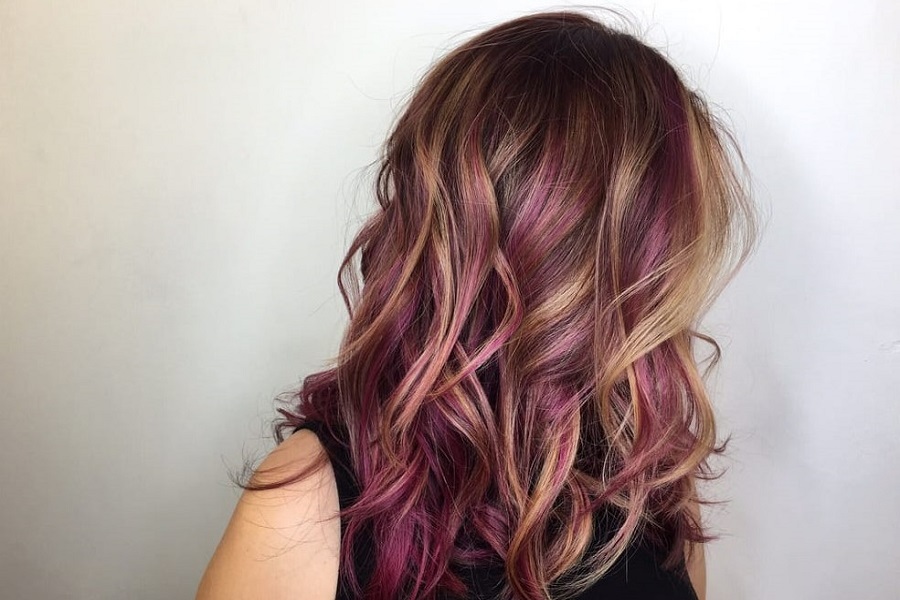Table of Content
From this point on, you use your stencil-prepared screen just as you would for any screen print process! You will smooth plastisol ink over the surface of the stencil using a squeegee, forcing the ink to go through your design and onto the transfer paper beneath. For screenprint transfers, you can use a simple mesh screen and plastisol ink or a more professional printer that comes with racks to hold screens in various colors. Screenprints are made one color at a time, so you need a screen for each color you plan to use. When making a screen transfer, you begin with the design.
Iron-on embroidery transfer is an easy method to transfer embroidery designs onto different fabrics. All you need to transfer an image is the iron-on design, fabric, and an iron. In order to make your own sublimation transfers you need to have a dedicated sublimation printer set up with sublimation ink. This machine can’t be used at all for ordinary printing if it is set up for sublimation. It’s also the best way to create sublimation transfers for dark colored garments.
Can I make my own iron on transfers?
This ensures that you have a clean embroidery design to transfer to your fabric. It’s super easy to make these custom heat press transfers, and Avery Paper works well with an iron, EasyPress, or heat press. The process varies according to your program and version. Look for a function or option to flip an image or reverse print, or a special set up for transfers.

You can scan an image into your computer, find one on the internet, or create one in a software program. For example, you can scan an image of your child's artwork to your computer, print it out on transfer paper, and transfer the image of the artwork to a t-shirt. You must have the rights to an image if you are going to reproduce it and sell it (like a t-shirt). If you do use Google, you can click Search Tools, then Usage Rights, then Labeled For Reuse. Also, there are many websites where you can find different kinds of images that are legally safe for you to use, transfer, and sell.
Applying
It’s a sheet of transfer film with a mirrored design printed onto it using a DTG printer. You can apply the printed design to the final surface, such as a t-shirt, using a heat press. Screenprint transfers are designs in reverse printed onto a kind of release or transfer paper.
To do this, set up a bright bulb, at least 150W, inside a metal reflector. Place this light a foot away from where you plan to place the screen. Remove the stencil and flash cure the transfer paper using 180 to 260℉.
Step 2: Trace and Trim the design
If your image is stuck on a piece of decorative fabric, you can use decorative stitching or embroidery to secure it. For garments, use stitching that is barely visible, preferably in a neutral color. To make an iron-on transfer, you will need some fabric or a plain item of clothing, transfer paper, the transfer image and of course, an iron. Note that a steam iron is not necessary for this process. Iron-on transfers are a fun way to decorate items of clothing like t-shirts, as well as fabrics in your home.
It’s time to peel the paper backing from the transfer. This step should be extremely easy however, that isn’t always the case. However, based on my experience applying enough heat and pressure should help the design adhere to the surface of the t-shirt easily. Trace the design using a pencil then carefully trim the excess iron-on transfer paper using a pair of sharp scissors. Well, the pillowcase is used as a protective barrier between the heat from the iron and the flat surface you select to iron transfer the design onto the t-shirt. 1 On how to make rhinestone transfer, the first step is to open the photo-editing program and browse for the digital version of the photo that you want to use.
Product Availability:
Reversing ensures that you will end up with an upright image. If you don’t reverse the design, you will end up with an upside-down embroidery design. Now that’s a little more complicated than the above methods. You need to have a sublimation printer, preferably the SawGrass SG400 or SG800, to use EasySubli Inks and HTV.
Do this on both sides to strengthen the adhesive. Create your embroidery design with a design software of your choice. Or, you could have a graphic designer or illustrator do it for you.
Now, you can use other items like a folded flat sheet, a bath towel instead of the pillowcase. In fact, as long as the item protects the flat surface from the heat and provides some padding it should work just fine. There are a couple of must-have items for this DIY project and the iron-on transfer paper is one must-have item. For, this project Avery Fabric Transfer Paper was used but based on my first trial results I can’t comfortably recommend this brand. To create my custom t-shirt Halloween design I used Canva and the results were amazing. Graphic design solutions like Canva and PicMonkey make creating designs a breeze compared to other fancier complex programs like Adobe Illustrator.
When ironed onto the item, the original orientation is shown. Print HP iron-on transfers with an HP inkjet printer and apply them to fabrics such as t-shirts and bags. Iron the image by moving the iron around in large circles on top of the transfer paper.
When you make your own iron-on transfer, you get to choose which image to use, and whether you want to craft it yourself or download it from the internet. This guide gives you detailed steps on how to make iron-on transfer for your projects. Only wash and dry your fabric on a cool setting.

Focusing initially on the outside edges of the image, and gradually work your way inward to the center of the image. Be sure to consistently apply pressure and iron for about 3 minutes. Place the cut out transfer paper with the image facing up on the shirt in the desired area. Place the tissue paper that comes in the packet on top of the transfer sheet.
Can I make my own iron-on transfers?
7 Preheat your iron and set the transfer paper, with the rhinestones now attached to it, onto the garment where you want it. Make sure the adhesive side of the transfer paper is placed onto the garment. Set the Teflon paper over the transfer paper pattern, and iron the rhinestones down. The iron will need to be very hot, on a cotton or wool setting. Hold the iron down for anywhere from 10 to 20 seconds. Some people want the pattern transfer to be washable, especially if they're using a light colored embroidery thread.

And trace your design onto the paper part of the the heat bond. Note that high-quality paper hardly ever peels off at the edges. Online customer ratings will give you a good idea on the brands of high-quality transfer paper available. Once you are convinced that the picture is firmly in place, turn off the iron and give the transfer time to cool. As the image cools, the glue behind it adheres more firmly to the fabric. Peeling off the backing paper too soon interrupts this important process.

No comments:
Post a Comment